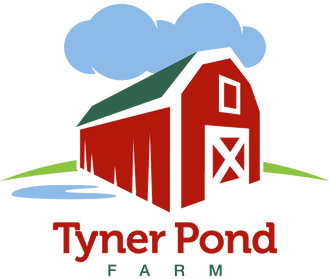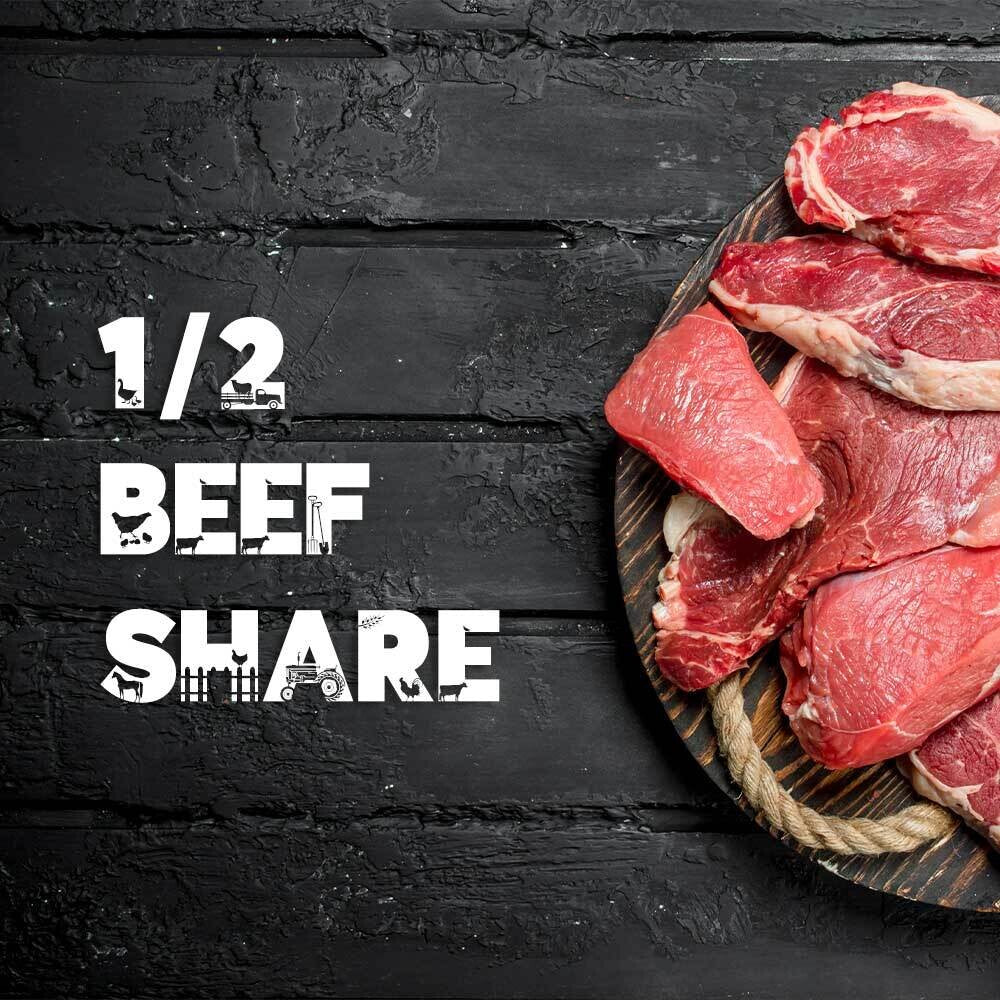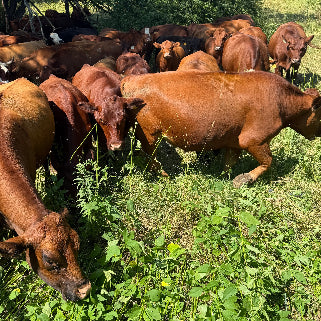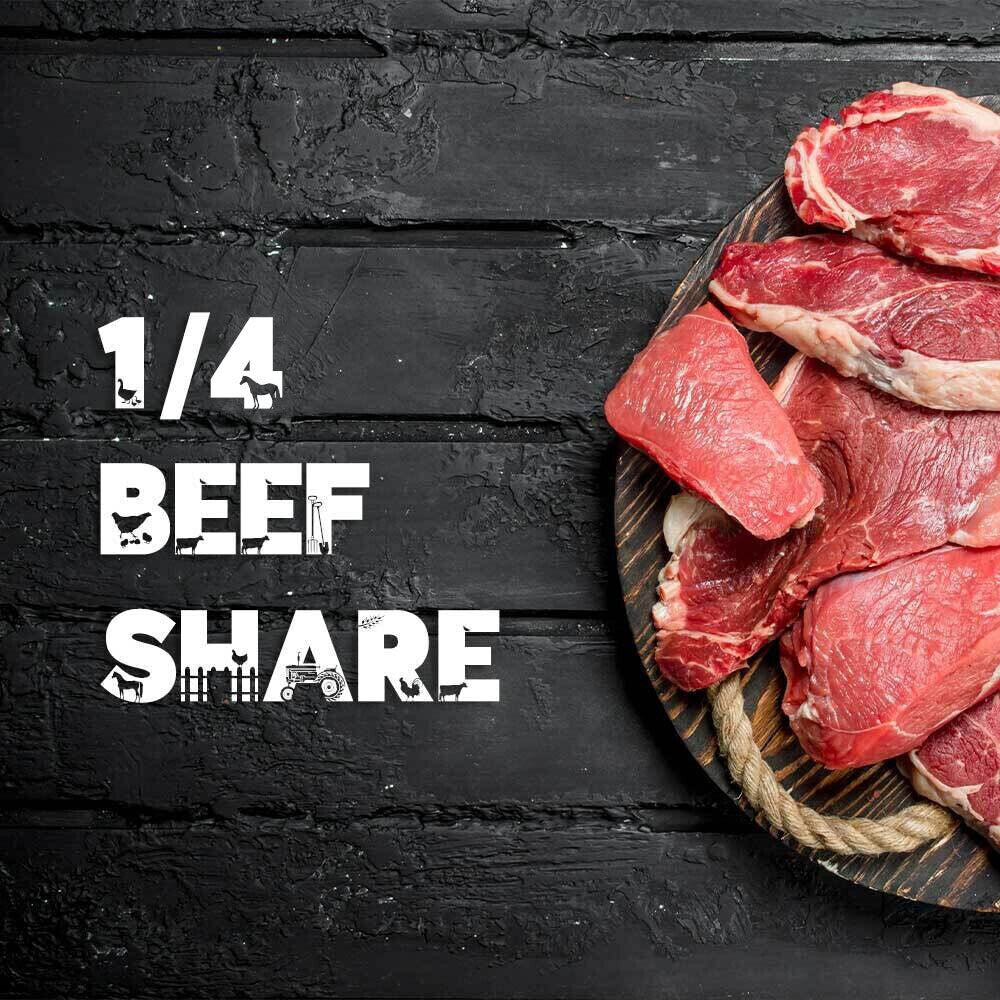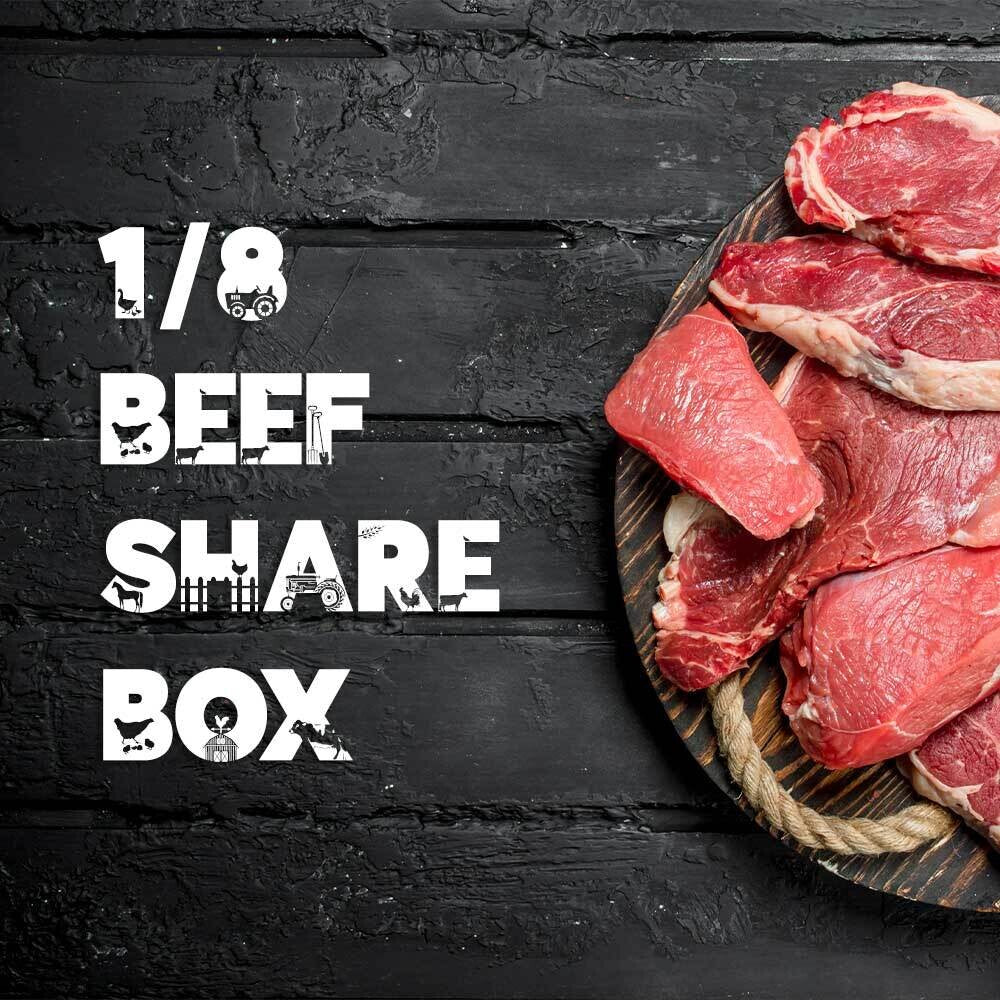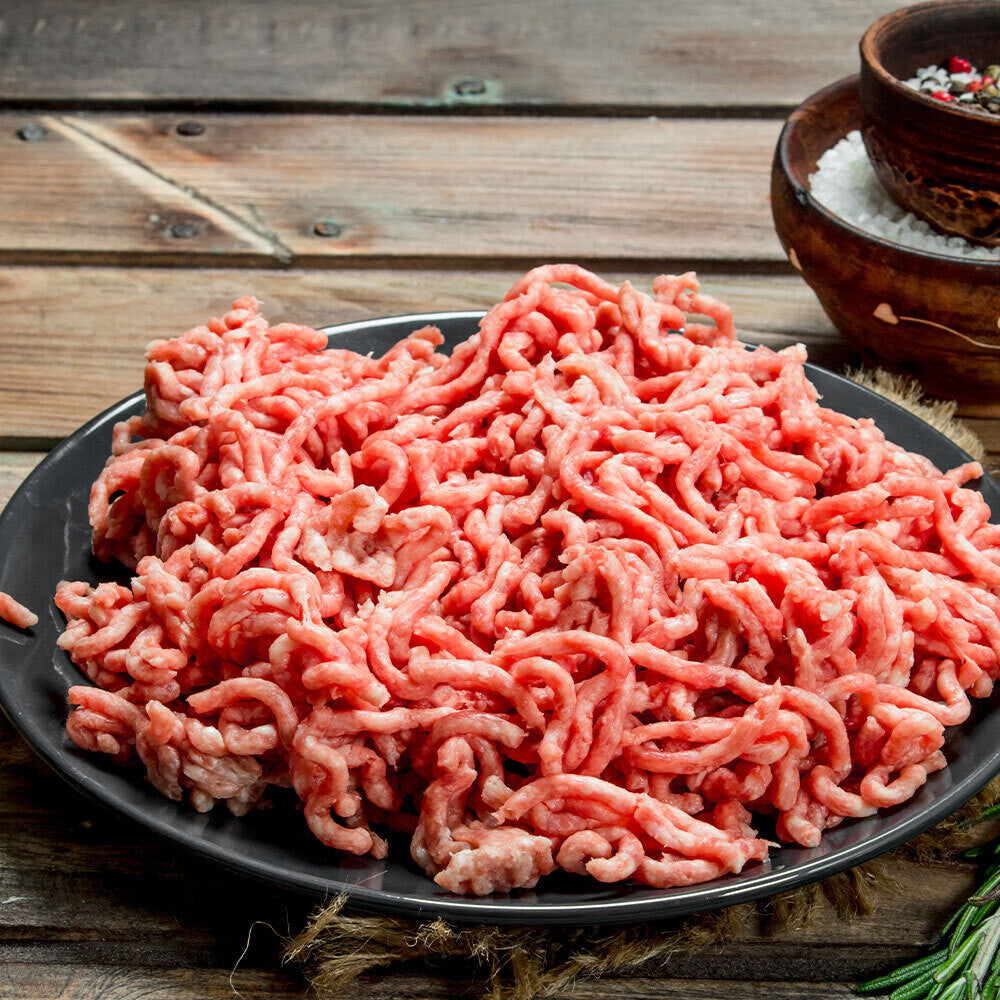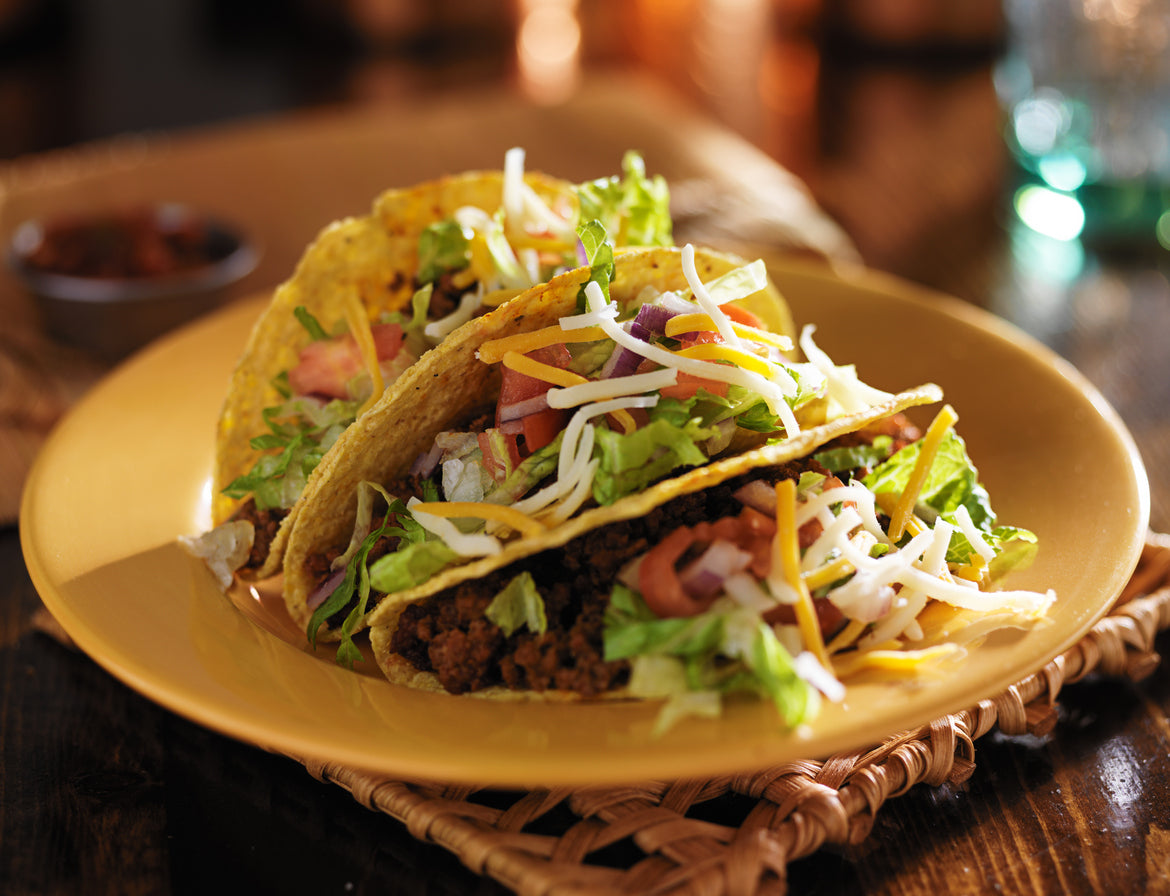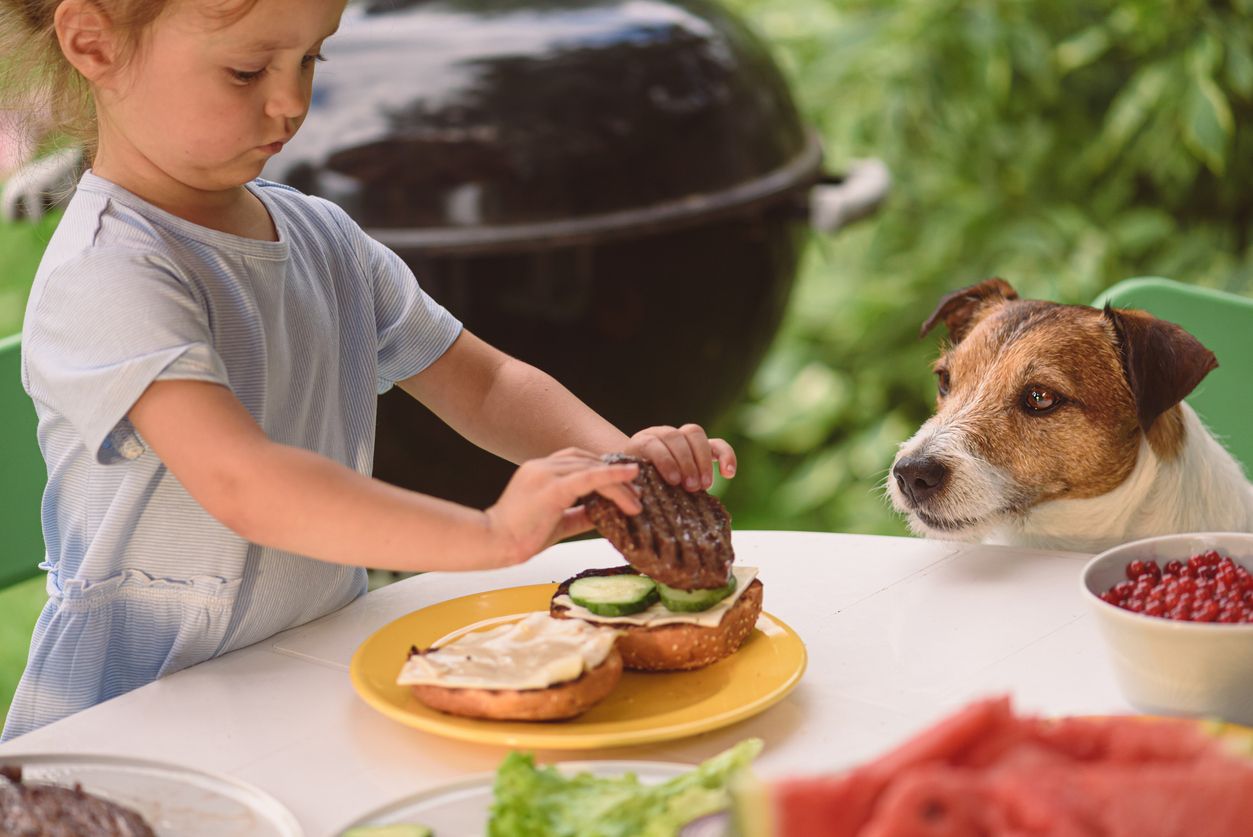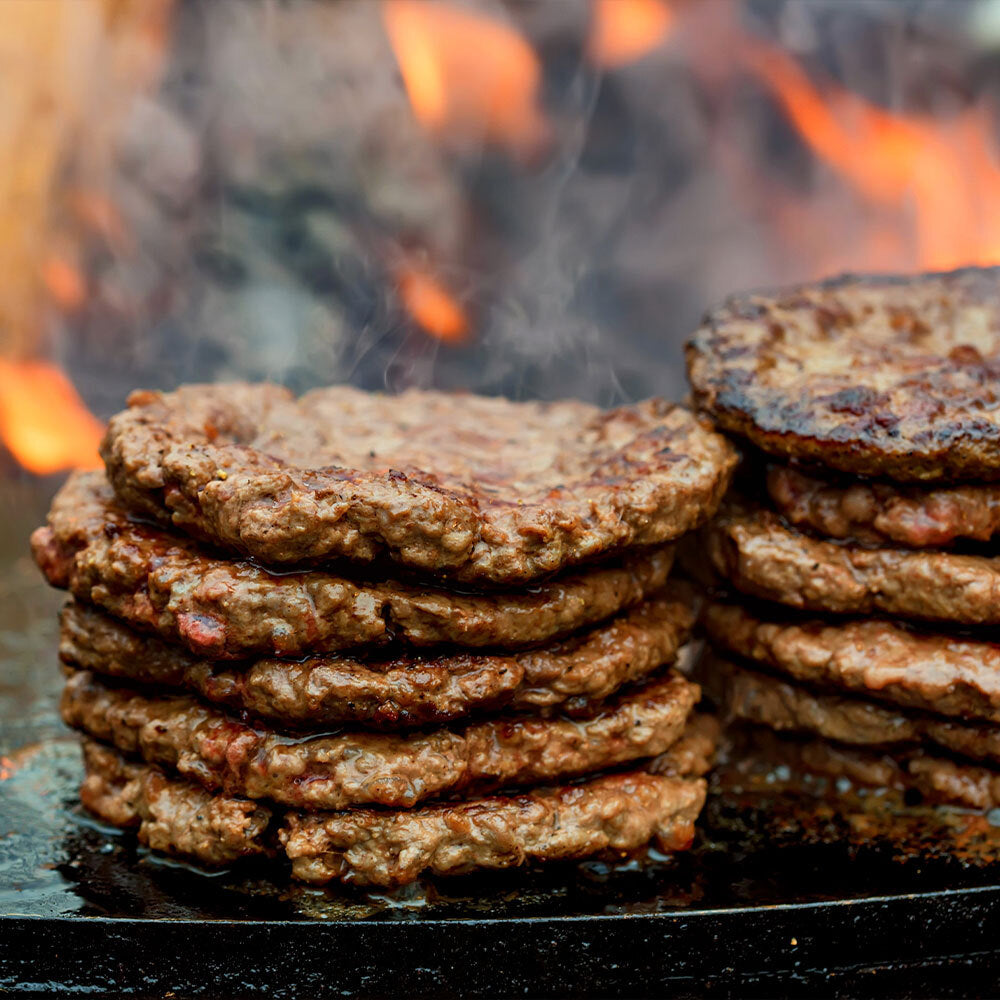
Why I Don’t Recommend Modern Lodge Cast Iron and Why Griswold is Worth the Search
Not so long ago, I started thinking more deeply about iron deficiency, a huge problem we're facing in this country. I wrote a post suggesting that grass-fed beef could be part of the solution, but a commenter made a point that stuck with me—our decline in iron levels directly aligns with when we stopped cooking with cast iron in the 1960s. That comment made me reconsider my own cookware. We now know that the chemical non-stick coatings many of us switched to aren’t good for our health, which led me to revisit cast iron. It’s now a key part of my kitchen, not just for its cooking benefits but for how it contributes to a more nutrient-dense lifestyle.
When it comes to cast iron cookware, not all pans are created equal. For anyone serious about maintaining a nutrient-dense kitchen, the quality of your tools matters just as much as the quality of your ingredients. While Lodge is one of the most recognized names in cast iron today, I don’t recommend their modern products. Instead, I prefer to seek out vintage Griswold pans—and here's why.
 This rough-surfaced Lodge skillet highlights why modern cast iron can be difficult to season effectively.
The biggest issue with modern Lodge cast iron is the rough surface texture. In the past, companies like Griswold would polish-grind their pans after casting, which created a smooth cooking surface. This made the pans easier to season and maintain a non-stick coating over time.
Modern Lodge pans, on the other hand, skip this crucial step to reduce costs. Instead of a smooth finish, you’re left with a rough, pebbly surface straight from the mold. This rough texture makes it difficult to season properly, which can lead to frustrating experiences in the kitchen as food tends to stick more easily.
This rough-surfaced Lodge skillet highlights why modern cast iron can be difficult to season effectively.
The biggest issue with modern Lodge cast iron is the rough surface texture. In the past, companies like Griswold would polish-grind their pans after casting, which created a smooth cooking surface. This made the pans easier to season and maintain a non-stick coating over time.
Modern Lodge pans, on the other hand, skip this crucial step to reduce costs. Instead of a smooth finish, you’re left with a rough, pebbly surface straight from the mold. This rough texture makes it difficult to season properly, which can lead to frustrating experiences in the kitchen as food tends to stick more easily.
 My 100 year old Griswold skillet, seasoned with homemade tallow.
My 100 year old Griswold skillet, seasoned with homemade tallow.
The Problem with Modern Lodge Cast Iron
 This rough-surfaced Lodge skillet highlights why modern cast iron can be difficult to season effectively.
The biggest issue with modern Lodge cast iron is the rough surface texture. In the past, companies like Griswold would polish-grind their pans after casting, which created a smooth cooking surface. This made the pans easier to season and maintain a non-stick coating over time.
Modern Lodge pans, on the other hand, skip this crucial step to reduce costs. Instead of a smooth finish, you’re left with a rough, pebbly surface straight from the mold. This rough texture makes it difficult to season properly, which can lead to frustrating experiences in the kitchen as food tends to stick more easily.
This rough-surfaced Lodge skillet highlights why modern cast iron can be difficult to season effectively.
The biggest issue with modern Lodge cast iron is the rough surface texture. In the past, companies like Griswold would polish-grind their pans after casting, which created a smooth cooking surface. This made the pans easier to season and maintain a non-stick coating over time.
Modern Lodge pans, on the other hand, skip this crucial step to reduce costs. Instead of a smooth finish, you’re left with a rough, pebbly surface straight from the mold. This rough texture makes it difficult to season properly, which can lead to frustrating experiences in the kitchen as food tends to stick more easily.
Why Griswold is Superior
Griswold pans, like many other vintage cast iron brands, were made with quality craftsmanship. After casting, they went through an additional step called polish-grinding, resulting in a silky-smooth surface. This not only allows for easier seasoning but also ensures an even cooking experience. The difference between a well-seasoned Griswold and a modern Lodge pan is like night and day—Griswold pans release food effortlessly, are lighter to handle, and can hold their seasoning for years. The Polish-Grinding Process for cast iron skillets was a meticulous and labor-intensive technique used by manufacturers like Griswold to create high-quality cookware. Here's a breakdown of the process and its characteristics:The Polish-Grinding Process
- Initial Casting: Skillets were cast in sand molds, resulting in a rough, textured surface.
- Tumbling: After casting, skillets were tumbled in a rotating drum with metal bits to remove rough edges and casting artifacts2.
- Grinding: This crucial step involved specialized machinery:
-
- The skillet was held and rotated in one direction. while an arbor-mounted (horizontal) stone grinding head, spinning in the opposite direction, was applied to the surface. This process removed the rough, sandy texture left by casting.
Like so many things, this labor-intensive process was largely discontinued industry-wide after the 1960s due to competition from cheaper imports. Modern cast iron skillets typically have a rougher, pebbly texture as a result.Personally, I use tallow every time I cook with my Griswold pans. After each use, I wash and dry the pan thoroughly, then rub in a thin coat of tallow across the entire surface. This simple routine keeps the pan well-seasoned, ensuring that it maintains a smooth, non-stick surface over time.
The Benefits of Searching for Vintage Cast Iron
It’s worth the extra effort to find vintage cast iron, especially pieces like Griswold, which were built to last. You can find a large selection of vintage cast iron cookware on sites like eBay and Etsy, and I highly recommend these platforms for several reasons. First, there’s a wide range of vintage cast iron available, from Griswold to other brands like Wagner. Second, these sites allow you to gauge the reputation of the sellers through reviews, and you can easily ask questions about the condition of the pan before purchasing. Lastly, both platforms offer buyer protection, so if something isn’t right with your purchase, you can usually get your money back without hassle. When shopping for vintage cast iron, it’s important to check for issues like “wobble,” which indicates that the pan doesn’t sit flat, and rust or pitting, which can affect cooking performance. However, many of these minor issues can be restored, making vintage pans well worth the investment. A Griswold skillet that’s already lasted 100 years can easily serve you and your family for another century with the proper care.Caring for Your Cast Iron: Myths and Realities
One of the most common myths about cast iron is that you should never scrub it with abrasive materials. The truth is, you don’t need to baby your cast iron. If you have stubborn food stuck on, don’t hesitate to use steel wool or a stiff brush or scrubber. As long as you follow up with proper seasoning—like rubbing a thin coat of tallow on the pan after washing—it will remain in perfect condition. Tallow, in particular, is my go-to for seasoning cast iron. It creates a durable, smooth surface that’s ideal for cooking. After cleaning and drying the pan, I rub a thin layer of tallow over the entire surface before storing it. This simple step helps maintain the pan’s non-stick properties and ensures that it’s ready to go the next time I cook. My 100 year old Griswold skillet, seasoned with homemade tallow.
My 100 year old Griswold skillet, seasoned with homemade tallow.
Making Tallow at Home
For those who want to make their own tallow, it’s an easy and sustainable process, especially if you’re sourcing high-quality beef suet. Here’s how to make tallow in a slow cooker:Ingredients:
- 2 lbs beef suet
- Slow cooker
Instructions:
- Cut the suet into small pieces and place them in the slow cooker.
- Set the slow cooker on low for 4-5 hours, stirring occasionally.
- Once the suet has fully rendered, strain the liquid fat through a cheesecloth into a clean jar.
- Let it cool and solidify. You now have homemade tallow, perfect for seasoning cast iron and cooking.
Tags:
Previous post
Why Grasss-Fed Ground Beef Is an Excellent Addition to Your Dog’s Raw Diet
Next post
